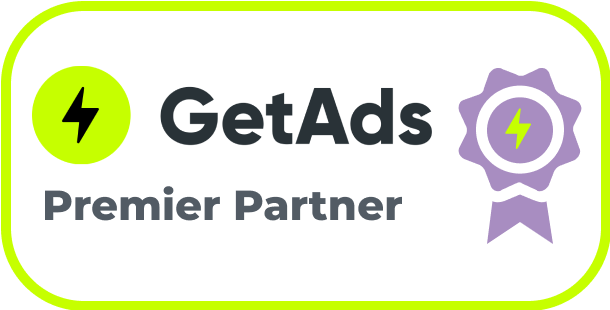THERE’S ALWAYS A MISALIGNMENT
So how to design a killer sales page?
One common problem that can be observed between a business owner and a designer when they’re collaborating to design a sales page is there’s always a misalignment of goals and ends up not being happy with the overall result.

THE BAD EXPERIENCE
That’s also why some business owners would say that they had a bad experience working with a designer. While some designers would also say that they attracted a cheap client.
And this is one of the symptoms of the misalignment of goals.
- If you’re a business owner that has been frustrated because the designer doesn’t understand the marketing goals.
- Or, if you’re a designer who’s frustrated because the client keeps on asking revisions after revisions while paying you less.
It’s no one’s fault actually. It’s just a miscommunication. There are terms that only a marketer or a business owner would understand and the same goes for designers, there are terms that only you can understand.
The goal of this article is to fill the gap of communication when a business owner and a designer collaborates in creating a sales page.
3 IMPORTANT QUESTIONS
There are 3 questions that need to be answered when designing a conversion-driven sales page.
Why are these 3 questions important?
Because it makes the collaboration between a business owner and a designer easier and will also help in understanding how the target audience behaves when they’re browsing through the sales page.
The first question that needs to be answered when designing a sales page is:
What does it do?

In today’s world, getting an audience’s attention is getting harder and harder. In order for a brand to succeed, they have to be good in day trading attention. Answering this question will position a brand’s offer to be clear and attract their dream customers. There’s this thing called 5-second rule, it says that a user should get what the brand is solving in just 5 seconds.
For business owners, this is the part of the sales page wherein you need to craft a clear offer. This will be the headline and it’s also recommended that the headline should focus on results.
Here’s the formula for a result-driven headline from Russell Brunson
How to [result they desire most]
Without [thing they fear most]
Here’s an example of a clear headline:
How to make a quick $10k this weekend by Flipping your first house on eBay without getting a loan from the bank.
For designers, this is the hero section. You need to make the font-size big. And make sure to include a compelling image that is relatable to the headline and lastly, a call to action button.
The next question that needs to be answered is:
Is this for me?

This is the section where a business should surface and alleviate the fears of the users by letting them know that your offer will solve their problem. A common practice that other companies are doing is they just list down the features of their service. They don’t really practice how to write benefits – which is very essential when designing a sales page.
Here’s a guide on how to write a benefit:
You’re probably [the problem they are experiencing]
Which is why we [the feature that solves their problem]
Here’s an example for a benefit:
You’re probably having difficulties navigating eBay and it’s keeping you stuck.
This is why we included a video guide showing you the step-by-step process on how to list and flip your first house on eBay.
So for every feature that you have, you can use the guide so you’ll be able to position your brand as a solution to their problem.
For designers, don’t forget to pair the benefit text with a compelling icon that is super relatable to the feature.
The last question that needs to be answered is:
Does it work?

This is the easiest question to be answered but also the easiest to be taken for granted.
Why is this the easiest?
Because this question can be answered by showing testimonials from customers or companies who are vouching for the product.
Why is this also the easiest to be taken for granted?
Because a lot of companies don’t really know how to use testimonials.
Testimonials are powerful because it’s a great persuasion tool when used correctly.
A common mistake that 90% of business owners do is that they think that putting a lot of good testimonials is already enough. Testimonials should also have a format and should be related to what the service does and also related to the benefits.
A testimonial should be formatted this way:
[Problem they’re facing]
[The feature that solved their problem]
Here’s an example of a testimonial that’s been formatted in a great way.
It was my first time using eBay and it was confusing.
But I was able to list my first house by following their step-by-step video guide. It was super easy to follow.
To get these type testimonial format, here are the suggested questions to ask your user:
- What was the problem you faced prior to using our service?
- What specific feature solved the problem?
That’s how you create a conversion-driven sales page. You just have to answer these 3 questions.
- What does it do?
- Is it for me?
- Does it work?
Because answering these questions will help you map out the sections necessary to design a killer sales page and will also align the business goals between a business owner and a designer.
If you wanna learn more about conversion-driven design and other best practices to increase conversion when designing your webpages you can check out this youtube channel.







